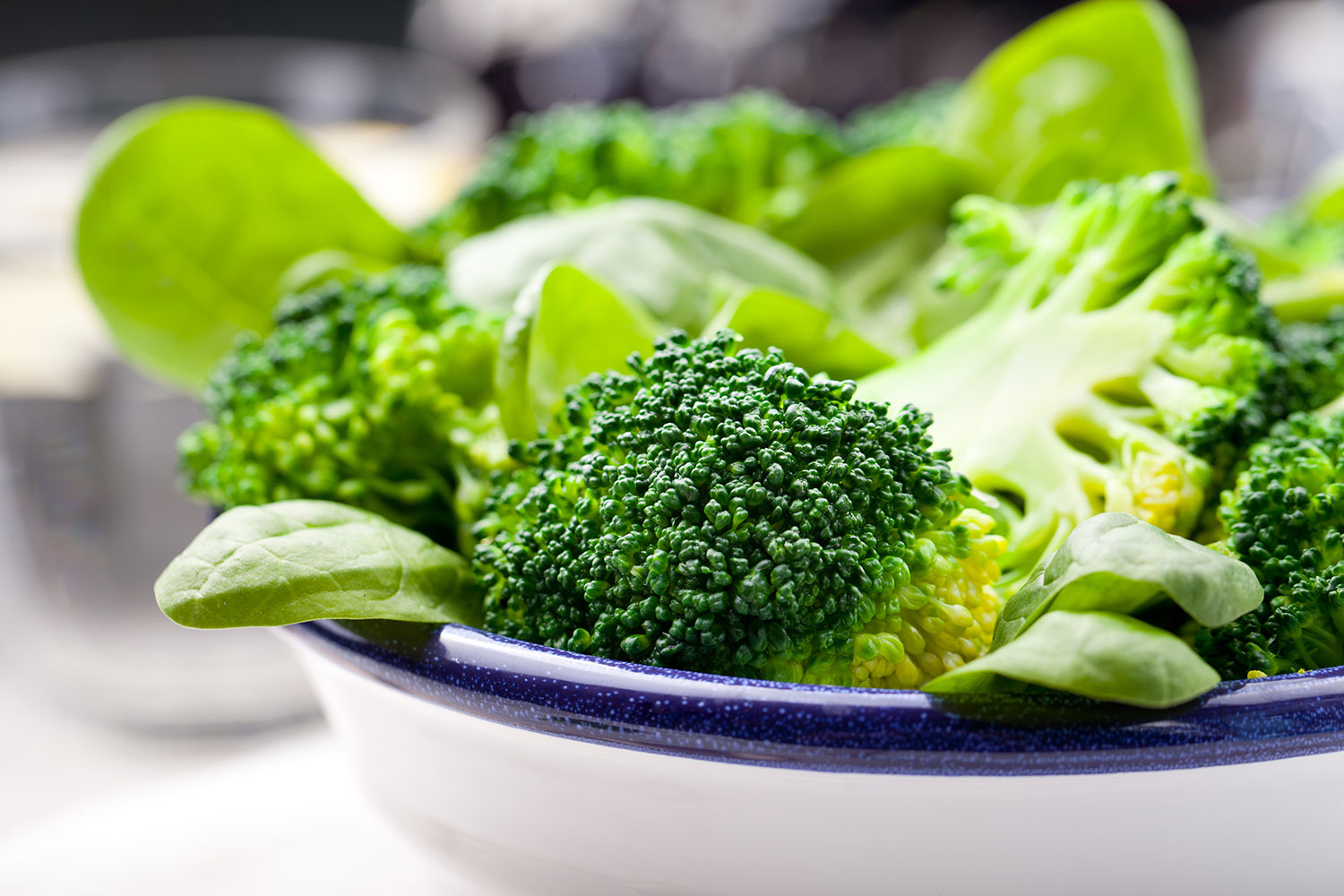SYMMETRIA®
BLOG

Eat It Raw!
An alternative dietary model that is an ideology and goes by the name of ‘The raw foods diet’ is rivaling the trend of discovering and consuming original materials and ingredients via imaginative means of cooking.
Essentially, this involves the consumption, namely of raw foods, with the use of a dehumidifier, which dehydrates food, thus replacing cooking. It all starts from the belief that foods cooked at temperatures over 50οC lose some nutrients and enzymes that are useful for the proper functioning of the body, and if eaten in their original physical form, they provide everything necessary for a sound physical and mental state.
The raw foods diet requires you to consume 100% raw, unprocessed foods such as seasonal vegetables, pulses, sesame seeds, tahini, sprouts, herbs, fresh and dried fruit, spices, uncooked nuts and sugar substitutes all whilst excluding dairy, meat, fish and coffee. The main difference it has with vegetarian food is that the latter allows for cooked foods.
Experts claim that although cooking at high temperatures destroys water soluble vitamin C and B complex vitamins, and frying creates oxidized free radicals and boosts the caloric content of the food, raw foods on the other hand can be deceiving. This is the case when the raw materials used are not of high quality, well washed and completely protected from potential cross contamination that may result from the kitchen counter or a wooden cutting board - as stressed by clinical dietitian, Sophia Eleftheriou. The latter concerns the transfer of germs from meat or fish to be cooked in the oven or in a marinade (e.g. oil and salt) or for a salad when eaten completely raw and you use the same knife. A practical solution to this problem is the express scalding (sizzling) of the fish and vegetables to be eaten raw and for meat it is the quick ‘shielding’ of it in a non-stick pan, as dubbed by Jamie Oliver. Recommendations for all who wish to embrace the raw foods diet, is to prefer organic vegetables, especially when it comes to what grows in or just above the soil, such as carrots, potatoes, sweet potatoes, turnips, radishes, strawberries and all leafy greens (arugula, lettuce, salad, lola, endive, etc.). Also, do not chop green vegetables with a knife, since it favors the oxidation of the ingredients, but simply tear them into pieces with your hands, wash them very well, sprinkle with vinegar and remove any damaged leaves. Raw salads can be translated to a full meal if interspersed with fruit, pieces of cheese, legumes, cereals, unsalted seeds and nuts that are rich in protein, iron, calcium, magnesium, copper and manganese.
The raw truth about sushi
Sushi is one of the pillars of the international movement of raw foods, which theoretically ensures that the body receives generous doses of valuable omega-3 fatty acids from the fish. Omega-3 fatty acids are an essential component of cell membranes and are crucial for the proper functioning of the brain, heart and immune system, while maintaining youthful and healthy skin. The only danger that accompanies sushi are the heavy metals it may carry such as lead, which may have infused on the flesh of large fish such as salmon or swordfish and marine wastes that may have contaminated the seaweed with which the delicious maki rolls are wrapped with. In this case, the rule remains that the raw foods diet is unforgiving to materials and ingredients of inferior quality.
How to do slow food
A nutritious menu is an elixir of health, youth and longevity. It does require you to chew slowly, hence its name. This new culinary trend was born from the reaction of diet gurus against fast/junk food. As explained by clinical dietician – nutritionist, Athena Roudou, "Only when we chew slowly can the digestion and absorption of nutrients by the body be done correctly. This is why chewing slowly is a necessary part of a healthy diet".
The benefits include the following factors: The proper breaking down of food prevents injury of the esophagus and facilitates the transition from the stomach into the small intestine. The process of mastication promotes the proper mixing of the food with saliva, which in turn helps to digest the starch. It has antibacterial activity, prevents allergic reactions, prevents cravings and at the same time it facilitates the re-mineralization of teeth. You must chew each bite fifteen times in order for the signal regarding satiety to reach the brain. When we chew slowly, the meal lasts for about twenty minutes, i.e. the time necessary for the brain to receive the signal that you are full. In contrast, fast eating does not allow you to feel full therefore you end up consuming greater amounts of food than you need and you are more easily led to bulimic tendencies. In the long run, eating without properly chewing your food can lead to the appearance of digestive disorders such as gastric ulcers, heartburn and indigestion. Also, it may cause food allergies due to gastrointestinal mucosal irritation from large and undigested food macromolecules (e.g. proteins).
Do you like our content?
SUBSCRIBE
to keep up with SYMMETRIA's® latest news, partnerships, offers, new protocols and products
This site is protected by reCAPTCHA and the Google Privacy Policy and Terms of Service apply.
